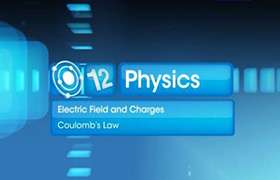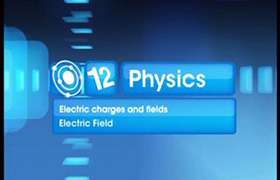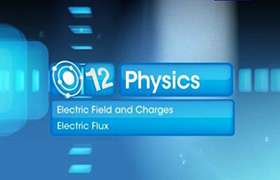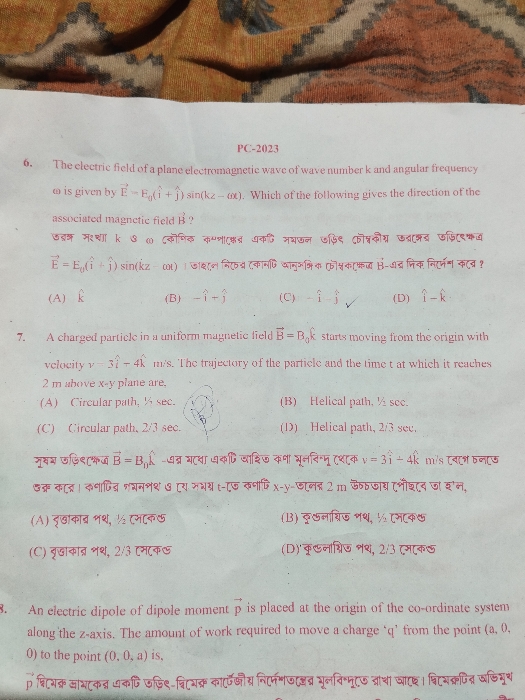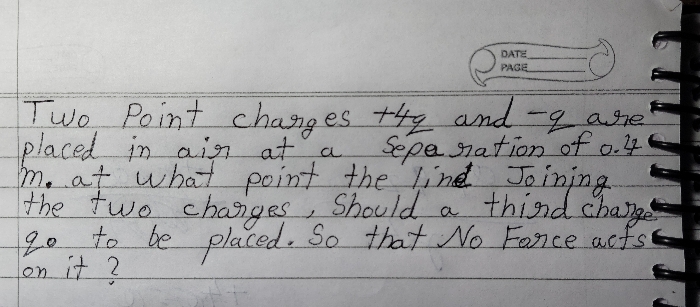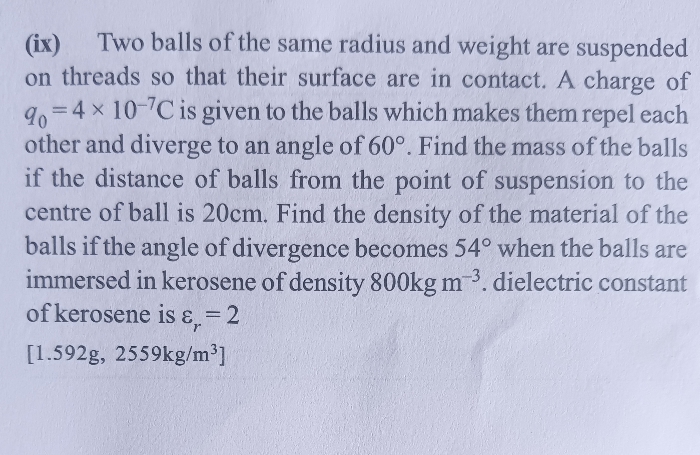CBSE Class 12-science Answered
You said the one with C-H bonds are said to be organic compounds but in urea which is NH2CONH2 there is no C-H bond but it is considered as an organic comp. Next you said organic comp. doesn't form salts while inorg. comp. can form but now a days many salts of organic compounds are known. Thirdly you told that org. com. are formed in living beings but seeing a comp how can we predict that the given comp. is formed in living beings? Please tell me the correct method to identify an organic compound.
Asked by yamini gurjar | 08 Sep, 2010, 12:00: AM
An organic compound is any member of a large class of chemical compounds whose molecules contain carbon. A few types of carbon-containing compounds such as carbonates, simple oxides of carbon and cyanides, as well as the allotropes of carbon such as diamond and graphite, are considered inorganic.
The "C-H" definition excludes compounds which are historically and practically considered to be organic. Some of them lacking C-H bond and yet considered organic are urea, oxalic acid, benzenehexol, mesoxalic acid, and carbon tetrachloride.
Answered by | 09 Sep, 2010, 07:24: PM
Concept Videos
CBSE 12-science - Physics
Asked by niharvijayvargiya5 | 23 Apr, 2024, 06:40: PM
CBSE 12-science - Physics
Asked by adityagalar2007 | 06 Apr, 2024, 01:06: PM
CBSE 12-science - Physics
Asked by amlanmcob | 06 Apr, 2024, 12:27: PM
CBSE 12-science - Physics
Asked by hussain221man | 05 Apr, 2024, 08:44: PM
CBSE 12-science - Physics
Asked by manishamunda787 | 02 Apr, 2024, 11:07: AM
CBSE 12-science - Physics
Asked by am1954077 | 08 Mar, 2024, 04:57: PM
CBSE 12-science - Physics
Asked by rishabhverma895334 | 01 Mar, 2024, 07:24: AM
CBSE 12-science - Physics
Asked by rameshsanju123 | 08 Feb, 2024, 08:45: PM
CBSE 12-science - Physics
Asked by sachin.sondur2012 | 07 Feb, 2024, 11:26: AM



